Latin American Swimmers Training in the U.S. Smashed Multiple Records at Central American Games
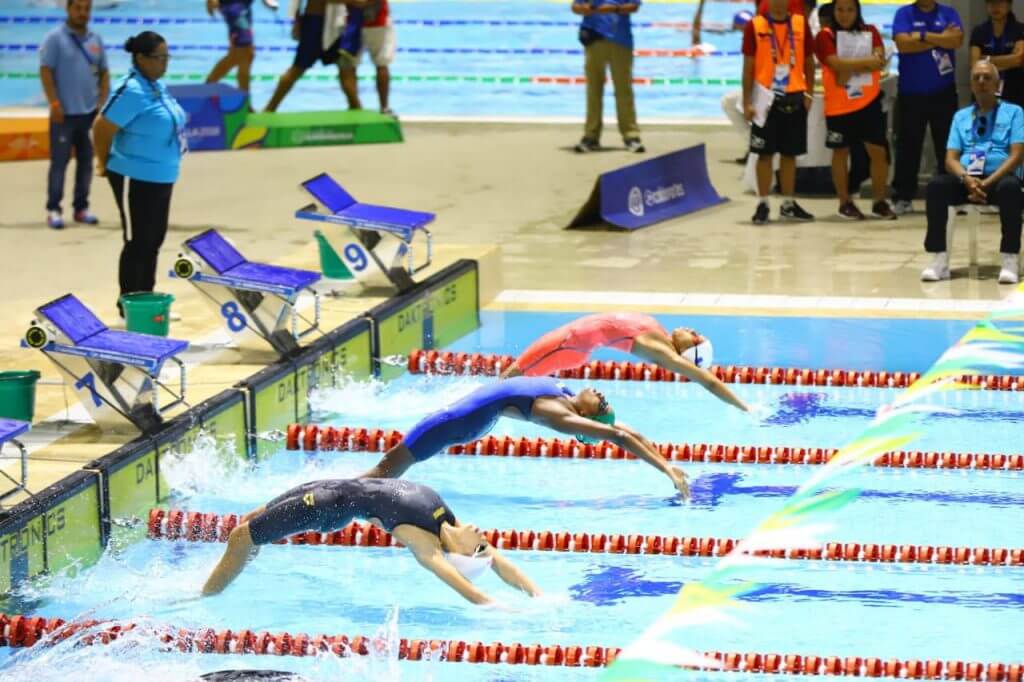
By Daniela Navarrete, Swimming World College Intern.
Throughout the years, the number of Latin American swimmers who have decided to train on American soil has increased. They choose to make the move to the United States because of the increased athletic and academic opportunities, both in high school and college. However, many also travel to the U.S. after they graduate from a university back home in order to become a professional and swim for an elite team.
Some will be lucky enough to represent their home countries- possibly on the international stage – showing off their U.S.-based training. Consequently, the overall level of competition at Latin American Championships has greatly improved.
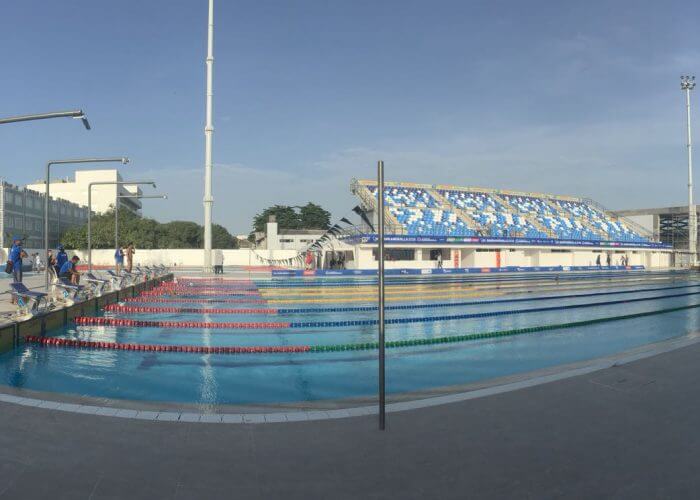
Photo Courtesy: Maria Fernanda Far
The Games
For Central, South American and Caribbean swimmers, the Olympic cycle starts with the Central American and Caribbean Games. The CAC Games are the major regional sports event for athletes from Mexico all the way to Panama, the Caribbean islands, and a few countries from South America to compete against the best in the region.
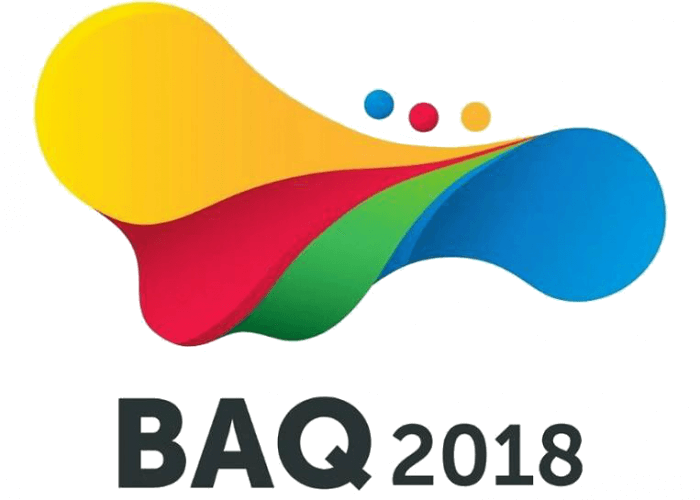
Photo Courtesy: Central American and Caribbean Sports Organization
This year, the CAC games were held in Barranquilla, Colombia, with almost 6,000 athletes from 37 countries. Swimming was a highlight in the Games due to the large number of records that were broken. Of note, exactly half of the total swimmers in the competition have been practicing in the United States.
Yet, how many women? Men? How many are current or former NCAA swimmers? How many are still high school swimmers? How many are practicing with an elite team?
Swimming World made an insight on the swimmers who attended the CAC games to look at some numbers.
With a total of 29 teams, the Eduardo Molina Aquatic Complex hosted approximately 208 swimmers: 95 women and 113 men. Nearly half of the swimmers currently practice or have trained in the U.S.
| Swim or Swam in the US | Swim in Home Country | Swim in Europe or Canada | |
| MEN | 61 | 48 | 4 |
| WOMEN | 43 | 49 | 3 |
| TOTAL | 104 | 97 | 7 |
The Stats
Latin American Swimmers Training in the U.S.
From the total 43 women who swim or swam in the US at some point in their lives, 28 are current or former NCAA Division I swimmers; two ladies compete or have competed at the DII level; seven are high school swimmers; and five of them train with elite teams. Two are former DI swimmers, and three of them made the move after college graduation.
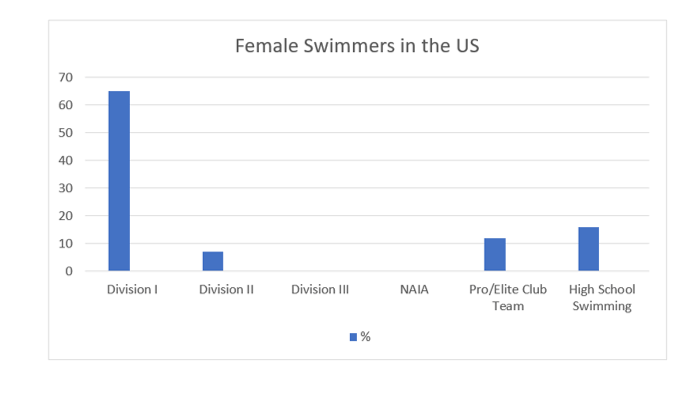
Photo Courtesy: Daniela Navarrete
On the men’s side, from the 61 competitors who swim or have swum in North America, 37 are current or former Division I swimmers. Six are or have been DII student-athletes, nine are still at high school level, and eight of them train with elite teams. Only one male was a former NAIA swimmer, and the remaining seven moved to the U.S. after university studies.
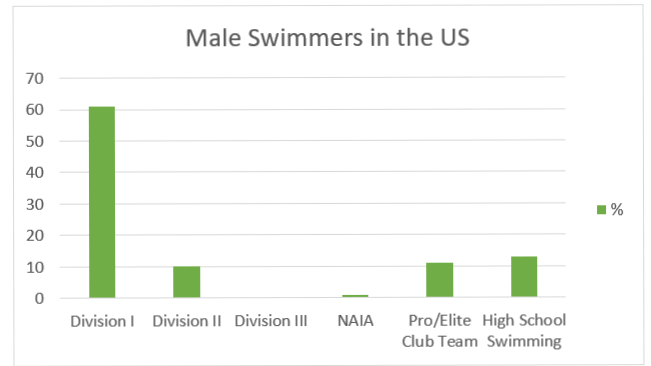
Photo Courtesy: Daniela Navarrete
According to the above charts, 65 percent of the women in the U.S. swim for a Division I school or did so a few years ago, which is similar to 61 percent of the men. In contrast, the Latin American presence in Division II is far less, with only 10 percent of males and 7 percent of females represented.
Additionally, only one percent of the male swimmers have participated in the sport on an NAIA team. A notable fact about the CAC swimmers training in the U.S. is that no athlete was found to be, or have been, in Division III. Only 12 percent of women and 13 percent of men entered in the meet were professionals, as compared to the high school swimmers representing 16 percent women and 15 percent men.
Broken Records
Individual Events
This year’s swimming edition of CAC Games included a unique feature; almost every female and male individual record was broken – and by athletes who did not train in their home countries.
Out of the 17 individual events, only two records stand unbroken on the men’s side. From the 15 records that were bested, only one was from a swimmer who is not currently training on American soil. The remaining were smashed by either current or former DI swimmers or by the ones who practice with an elite team.
Current and former members from SEC and PAC-12 powerhouses of Auburn, University of Florida, University of California-Berkely, The University of Arizona and University of Southern California are now Central American record holders. The University of Louisville and Southern Methodist University were represented with individual records as well.
On the women’s side, eleven female Central American individual records were broken, while six still remain. All eleven records were crushed by current or former D1 swimmers.
The current Central American female record-holders mostly represent schools in the Big Ten conference (Pennsylvania State University, Northwestern University and Ohio State University) versus the majority of PAC-12 swimmers on the men’s side. In addition, three strong Texas teams – Texas A&M, University of Texas, and Southern Methodist University – were highlighted in the individual records.
Relay Events
All six relay records were broken at the CAC games: three on the women’s side and three on the men. For the first time in history, mixed relays of the 4×100 free and 4×100 medley were added to the lineup.
On the women’s side, team Mexico smashed the three records. Each relay record was achieved by three current or former DI athletes and one current home country-based swimmer.
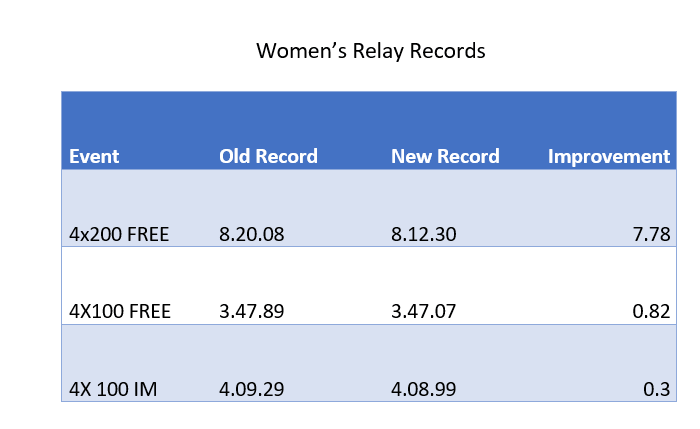
Similar to the ladies, the men’s 4×100 free and medley relay records were also broken by team Mexico; however, the 4×200 free was crashed by the Venezuelans. This last relay record included a current DI athlete, a professional swimming in the U.S., and two home country-based swimmers. The 4×100 free relay included two current and former DI athletes, a professional training with an elite team, and a home country-based swimmer. On the other hand, the 4×100 medley relay was swum by four current or former DI swimmers.
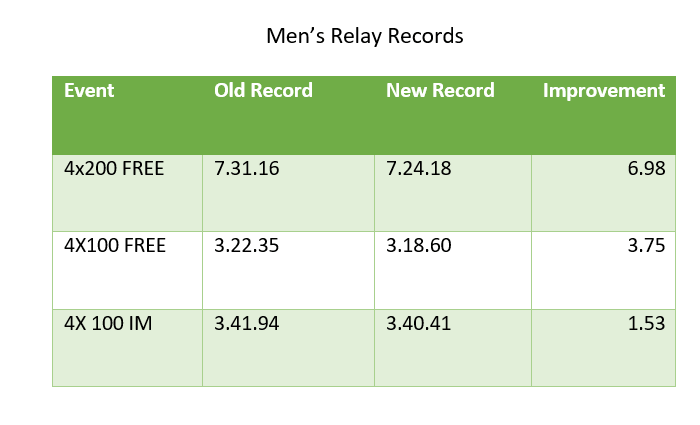
Photo Courtesy: Daniela Navarrete
The Future of Latin American Swimming
In Latin America and the Caribbean, swimming is often an underrated sport; there is lack of support from institutions and scarce advertising. Many swimmers from this region have opted to make the move to North America to get better on their abilities and return to their home countries to show off their improvements. This has raised the overall competitive level of regional meets, now reflected in the results from the 2018 Central American and the Caribbean Games. It will be exciting to watch these swimmers continue to progress in the coming years as more Latin American athletes return from the U.S. to represent their teams at international competitions.
All commentaries are the opinion of the author and do not necessarily reflect the views of Swimming World Magazine nor its staff.




Felicidades Dany muy interesante artículo
Excelente artículo Dany!!!